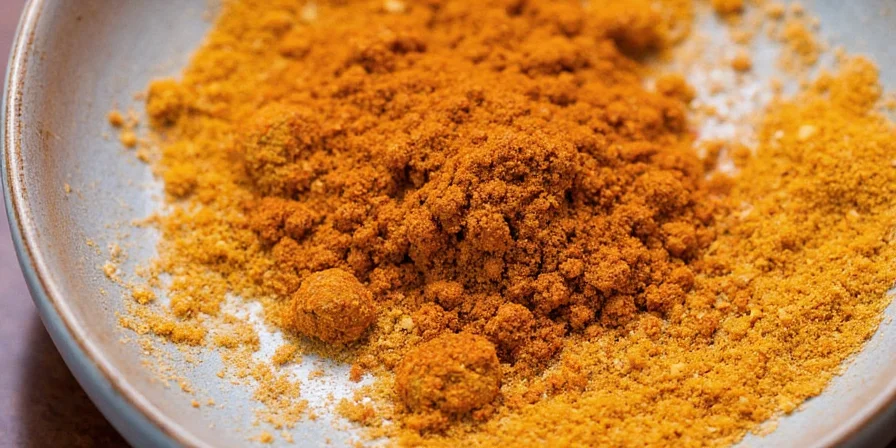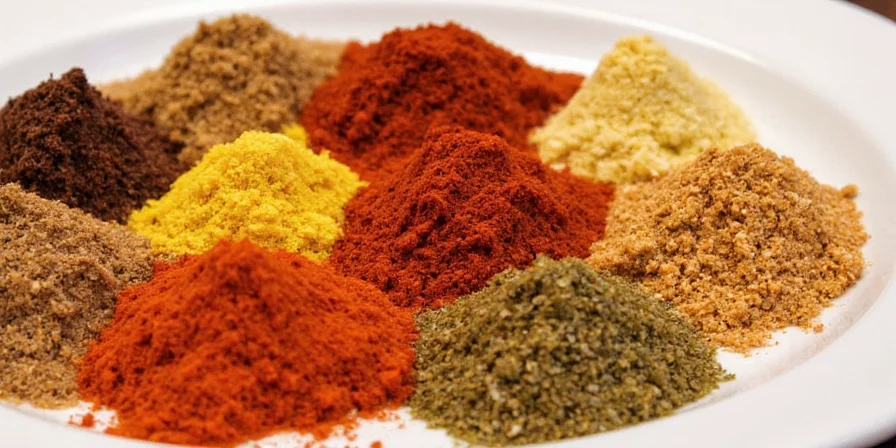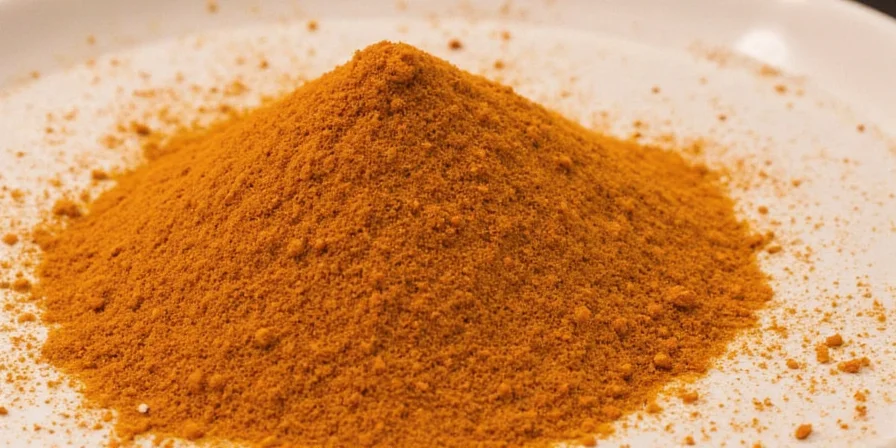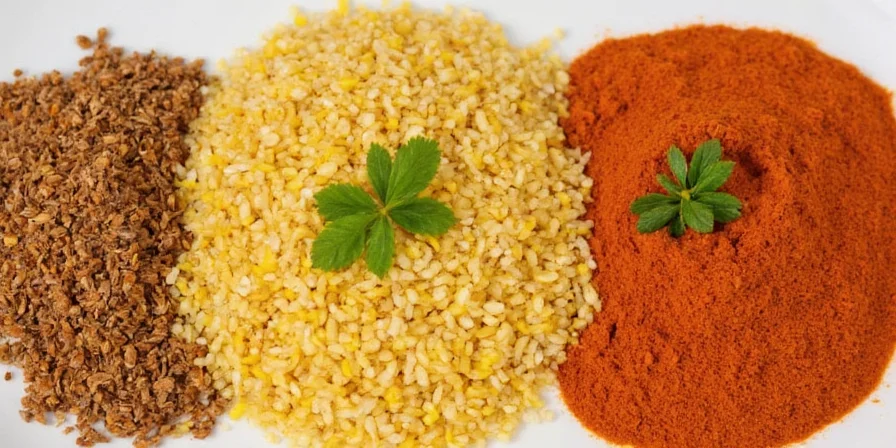Japanese Curry Spices: The Secret Behind Comfort in a Bowl
If you've ever tasted a warm, silky bowl of Japanese curry and wondered why it doesn't taste like any other curry you've had around the world—well, you're not imagining things. Japanese curry is its own special beast, thanks largely to its unique spice blend.
In this blog post, we’ll explore everything you need to know about Japanese curry spices, including their origins, flavor profiles, and practical tips for using them like a pro. Plus, we’ve got some delicious charts, real-life examples, and even a comparison table so you can pick your perfect spice mix with confidence!
Table of Contents
- A Taste of History: How Japanese Curry Came to Be
- What’s in a Japanese Curry Spice Blend?
- Comparing Popular Japanese Curry Spice Blends
- Top 7 Tips for Cooking with Japanese Curry Spices
- Fun Facts About Japanese Curry Culture
- Conclusion: Spice It Up Like a Pro
A Taste of History: How Japanese Curry Came to Be
Japenese curry isn’t exactly what you’d call “traditional” in the way ramen or sushi is. In fact, it’s technically a foreign import—but one that Japan has completely made its own. Curry was introduced to Japan by the British Royal Navy in the late 19th century during the Meiji Restoration era as part of Western-style military rations.
The Japanese took this concept and ran with it, transforming it into a mild, thick, sweet-and-savory dish served over rice, known today as kare raisu (カレーライス).

What’s in a Japanese Curry Spice Blend?
The beauty of Japanese curry lies in its simplicity—but don’t let that fool you! While most blends contain just 5–8 core spices, each one plays a crucial role in creating the iconic flavor profile.
Core Components of Japanese Curry Spices
- Turmeric: Adds color and earthiness
- Cumin: Lends warmth and depth
- Coriander: Balances sweetness with subtle citrus notes
- Fenugreek: Offers a slight maple-like sweetness
- Ginger: Brings brightness and zing
- Allspice or Cloves: Contribute a spicy backbone
- Black Pepper: Enhances aroma and heat subtly

Comparing Popular Japanese Curry Spice Blends
While all Japanese curry spice blends aim to hit that sweet umami spot, they vary widely in intensity and flavor. Here’s a handy comparison chart to help you choose the right one for your taste buds:
| Brand | Flavor Profile | Heat Level | Best For |
|---|---|---|---|
| S&B Golden Curry | Mild, sweet, slightly tangy | 🌶️ | Families, beginners, kare raisu purists |
| Kewpie Curry Roux | Rich, buttery, savory | 🌶️ | Beef curry lovers |
| Hakko Curry | Robust, full-bodied, aromatic | 🌶️🌶️ | Those who enjoy bold flavors |
| Otsuka Curry | Fruity, floral undertones | 🌶️ | Vegetable curries, lighter dishes |
| Vindaloo Style (Indian-Inspired) | Spicy, tangy, acidic | 🌶️🌶️🌶️ | Adventurous eaters and fusion fans |
Top 7 Tips for Cooking with Japanese Curry Spices
Ready to whip up your own pot of Japanese curry magic? These seven tips will ensure your results are restaurant-quality every time.
- Roux Time: Start by making a roux with flour and oil before adding the curry spices. This helps mellow out the raw spice flavors and adds body.
- Toast Your Spices: Gently toast the curry powder in a dry pan before adding it to the stew base to unlock deeper aromatics.
- Use Chicken or Vegetable Stock: Water might work in a pinch, but good stock brings out the best in the spices.
- Add a Touch of Sweetness: A teaspoon of honey or brown sugar can balance out the spices beautifully.
- Incorporate Apple Puree: Many home cooks swear by apple puree—it adds subtle sweetness and tenderizes meats.
- Simmer Low and Slow: Let your curry simmer gently for at least 45 minutes to allow the flavors to meld together.
- Let It Rest Overnight: Like most stews, Japanese curry tastes better the next day. The spices have time to fully infuse the sauce.

Fun Facts About Japanese Curry Culture
- Curry is a school lunch staple in Japan—often rotated weekly in public schools!
- The official Japanese Maritime Self-Defense Force still serves curry every Friday, a nod to its naval roots.
- There are over 100 regional variations of Japanese curry across the country.
- The city of Tampopo in Fukuoka is often called the “curry capital” of Japan.
- Some people add chocolate to their curry for extra richness—a technique borrowed from French cuisine!

Conclusion: Spice It Up Like a Pro
Japanese curry spices may seem simple on paper, but their layered complexity and cultural significance make them a true culinary treasure. Whether you’re cooking for family, friends, or just craving a bit of comfort food with international flair, mastering these spices opens up a world of possibilities.
So go ahead, experiment with different brands, tweak the roux to suit your style, and don’t be afraid to play with unexpected additions like apples or even coffee. After all, Japanese curry isn’t just about tradition—it’s also about personalization and fun!
Now get out there and start simmering. The next great batch of curry could come straight from your kitchen!

Happy spicing!











 浙公网安备
33010002000092号
浙公网安备
33010002000092号 浙B2-20120091-4
浙B2-20120091-4